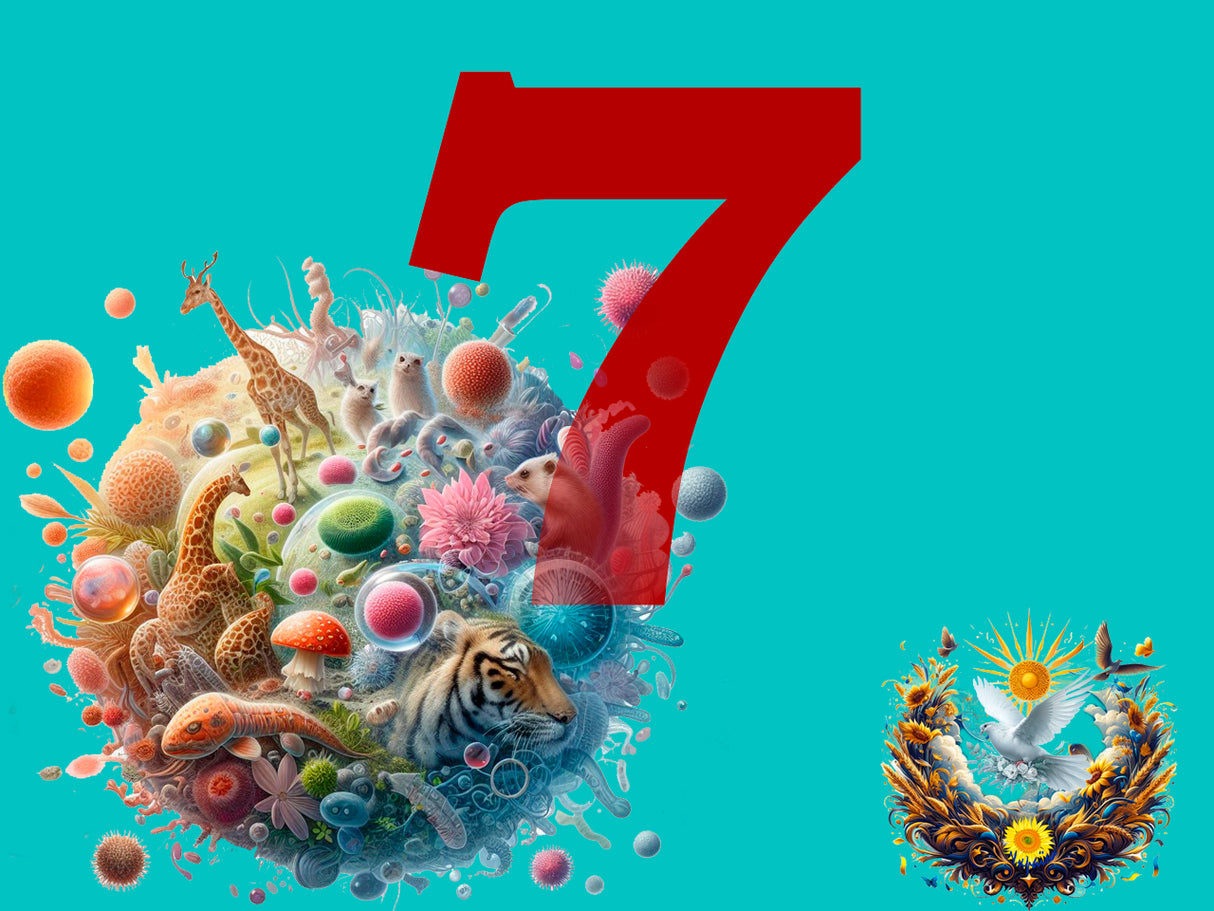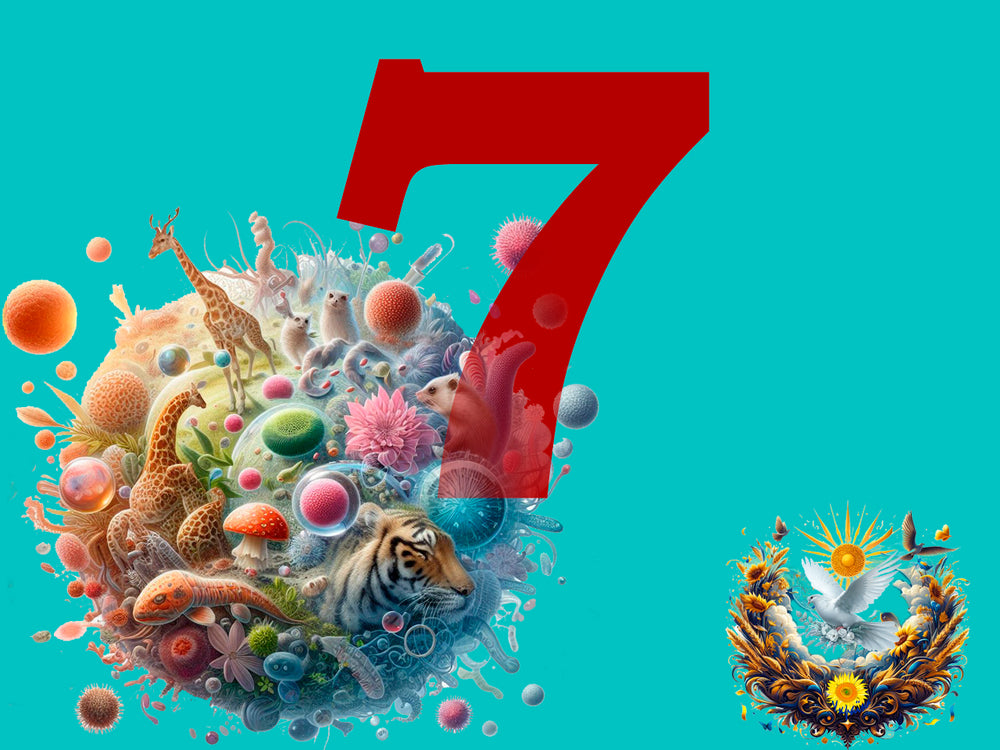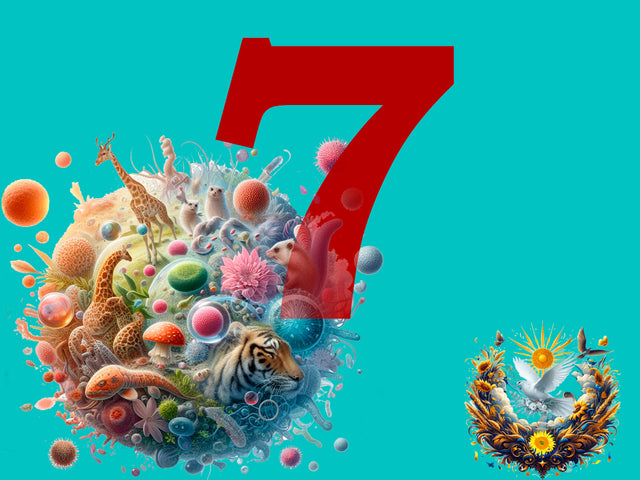Biology Grade 7. Algae. Higher plants. Collection 1
 Intermediate
Intermediate
 Course
Course
 21 hrs
21 hrs
Biology Grade 7. Algae. Higher plants. Collection 1 - Ukrainian is backordered and will ship as soon as it is back in stock.
What is Unibot?
What is Unibot?
Unibot is a platform for educational systems that combines an administration panel and a chatbot. It allows you to easily upload data, customize chatbots without programming, and manage courses. It supports multilingual bots, content management, and optimized resource utilization for efficiency. The platform makes educators' work easier by automating repetitive tasks. Different pricing plans are available, from basic to premium, which differ in the number of supported bots, languages, messages, and other features.
More information
This interactive course introduces students to the fascinating world of algae and higher plants. It features dynamic tests and activities tailored to engage young learners, encouraging curiosity and enhancing understanding through exploration and practice.
Key Features of the Course:
- Interactive Tests and Activities: Students actively engage with quizzes and hands-on exercises to reinforce their knowledge, with instant feedback for continuous improvement.
- Comprehensive Content: The course explores topics like algae diversity, plant structures, and adaptive strategies, using vivid illustrations and relatable examples.
- Practical Application: Students learn to identify plant species, understand reproduction processes, and analyze environmental interactions of higher plants.
Course Modules
Module 1: Algae. Higher Plants.
- Topic 3: Algae.
- Topic 4: Characteristic features and structure of higher plants.
- Topic 5: Diversity of higher plants.
Expected Learning Outcomes:
By the end of this course, students will have developed the following skills:
- Master terms such as unicellular, colonial, multicellular, autotrophic, heterotrophic, transpiration, reproductive organs, seed, fruit, mosses, ferns, and angiosperms.
- Identify habitats of algae and name examples of various algae types (green, brown, red, diatoms).
- Recognize and distinguish plant organs, life forms, and higher plant groups through models and images.
- Name parts of shoots, reproductive organs, flowers, and fruits, as well as features of spores, gymnosperms, and angiosperms.
- Provide examples of plant adaptations, reproduction methods, types of inflorescences, and fruit types.
- Analyze the roles of higher plants in ecosystems and human life, fostering an appreciation for biodiversity.
This course empowers students to explore the diversity and significance of plant life through engaging, interactive content, inspiring a lifelong interest in biology and the natural world.
-
Genre
-
Target audience
-
Language version
-
Subject area
-
Recommended age group
-
Course time
-
Book author
-
Author Collection



